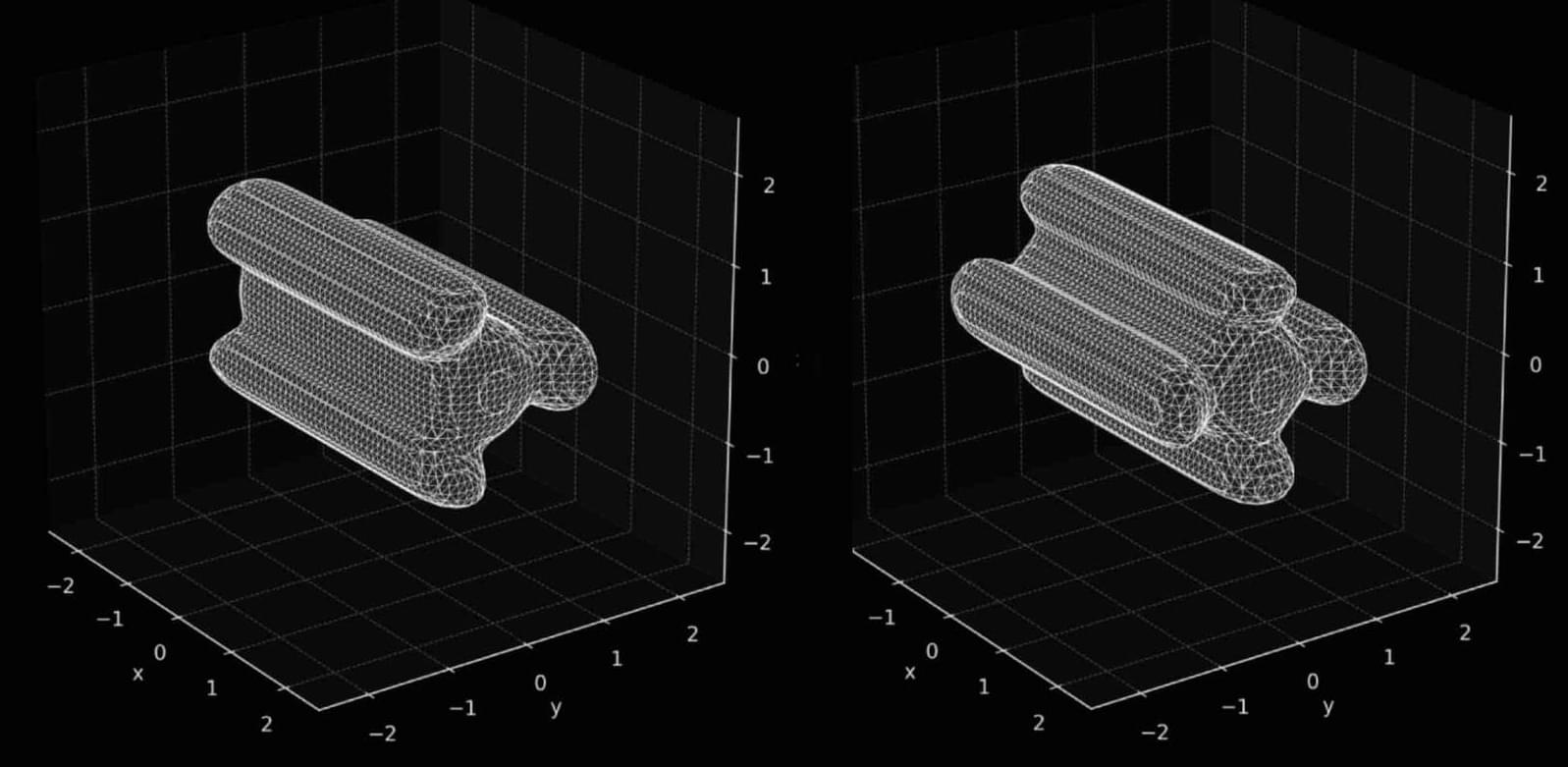A new warp-drive study proposes a novel segmented design that could sidestep many of the problems in the original decades-old concept, bringing the possibility of hyper-fast space travel one step closer to becoming a reality.
Warp drive theory has quickly evolved since the mid-90s, when a concept developed by Mexican physicist Miguel Alcubierre was first described in a landmark paper that provided a scientific basis for hyper-fast travel within general relativity.
While the concept of warp drives was initially popularized in the futuristic realm depicted in Star Trek, Alcubierre took the idea to paper, shaping the fictional idea into a conceptual reality—one that, someday, could potentially also be realized through advanced engineering.









